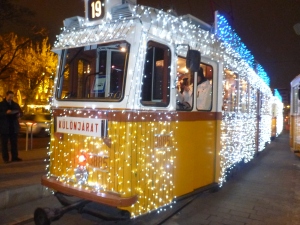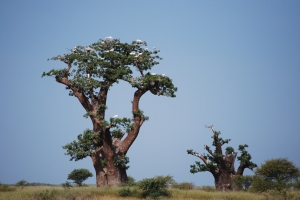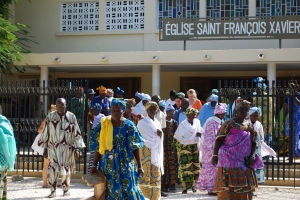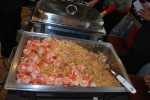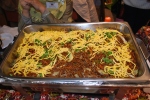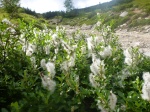Last Saturday 16 degrees Celsius big sunshine, yesterday 3 degrees some rain. This morning I opened my curtains on a big blanket of snow – surprise! It had not been announced. I can already hear some lament that it is too cold here, getting colder, too grey, getting darker so early in the afternoon. This is snow and snow lifts my spirits. It is joyful and playful. When you say snow I think winter sports, ski, snowmen, snow ball battles, sledding, and ice skating. I think hot chocolate and roasted chestnuts. I love the warm fuzzy feeling when your body melts, feet first, once you come home after an hour outside in the snow.
So when I saw the snow this morning I knew it would be part of my day. Part of my dog Venus’ day too. Someone had given me dog booties and although my tiny Italian greyhound had showed adverse disposition with shoes before I thought that with snow on the ground I should try this new model. I had barely finished equipping her fourth paw that she had shaken off the first bootie. Then she looked miserable and refused to move so I took the booties off, put her coat on, and off we went.
Hungary is a flat country but Budapest is a hilly city. Half way up the Martin hill I thought that maybe if it continued snowing a few days there would be enough snow to go sledding. Then I reached Normafa – almost the highest point with asphalt, the hill which leads to János hegy, John’s hill, the ‘summit’ of Budapest at 528 meters. No need to wait for one more day of snow there. Suddenly in a few minutes it was like I had been transported back in the Alps in a winter station. Not only people had sleds, but skis, not only Nordic skis but alpine skis too! Some people even wore their full ski gear with flashy colors.
Multicolored flat plastic sleds and classical wooden sleds where competing on the hill, adults and kids alike were enjoying what could be labelled by many a sad cold grey day. Venus was not the only dog running fast and being all crazy about the snow but she was certainly the smallest and the fastest. I took plenty of photos just in case it would not last like last year when winter came for less than two weeks.
After strolling in the woods and meeting a few skiers we started our way back home. The GPS told me that it was at about 4.4 km and that it should take me 46 minutes walking. I chose a road that I didn’t know to avoid the major fare with too much traffic for my taste and Venus’ security. After ten minutes my GPS vanished because my phone was out of battery. Ha! Anywhere in the desert or even in New York if you want to go south, you go south, there will always be a straight way to get from point A to point B. Not in in the Budapest hills. Streets curve and a street which starts going south will then curve east and finally take you north. Some streets lead to dead ends or huge detours that are perhaps feasible with a car but not by foot, not if you wish to be home before dark. So I had to rely on instinct and a few foot prints to dare take snowy dirt ways until I finally reached Agnes, a street I knew.
Once home, the first thing I did was to drink a hot cup of chocolate.
No? You want the truth? Really? OK – the first thing I did was not watch my milk carefully and make a big spill all over the stove. I did curse a bit but I am still happy I enjoyed the snow today and walked over 12 000 steps!
Logistics: use bus 21 or 21A to reach Normafa or legs or bike or chair lift (Libego) or – last resort – car (on days like this car parks were full). I count my steps with Withings.


